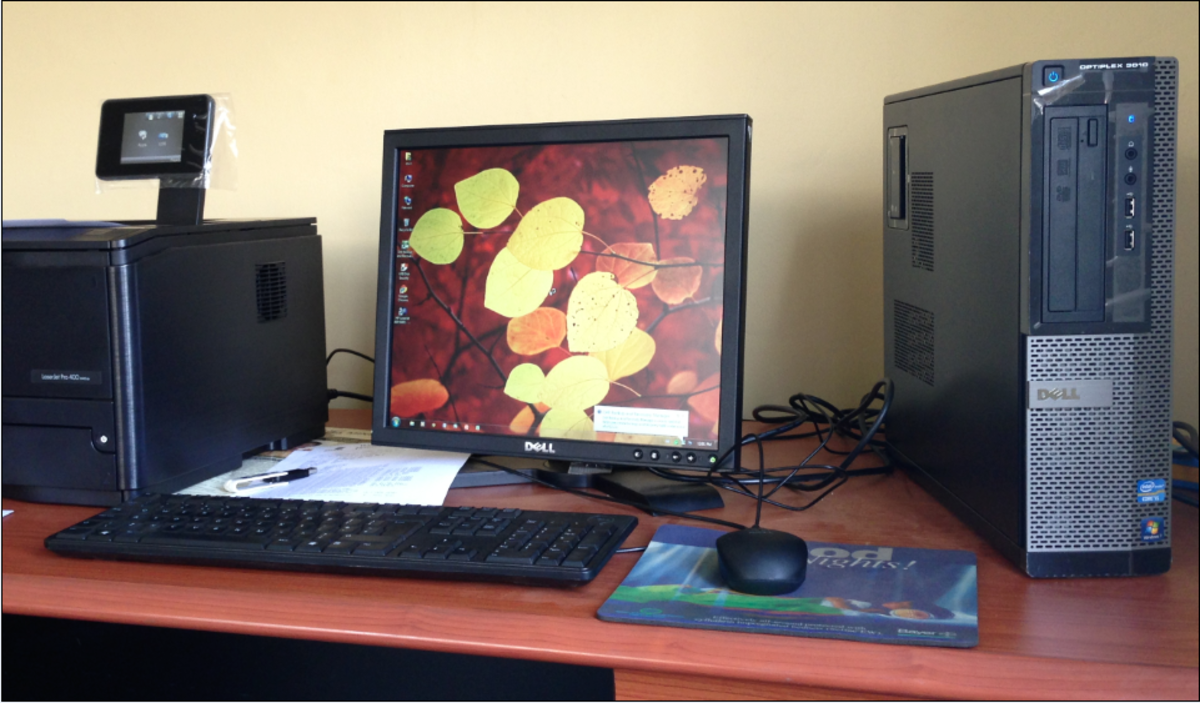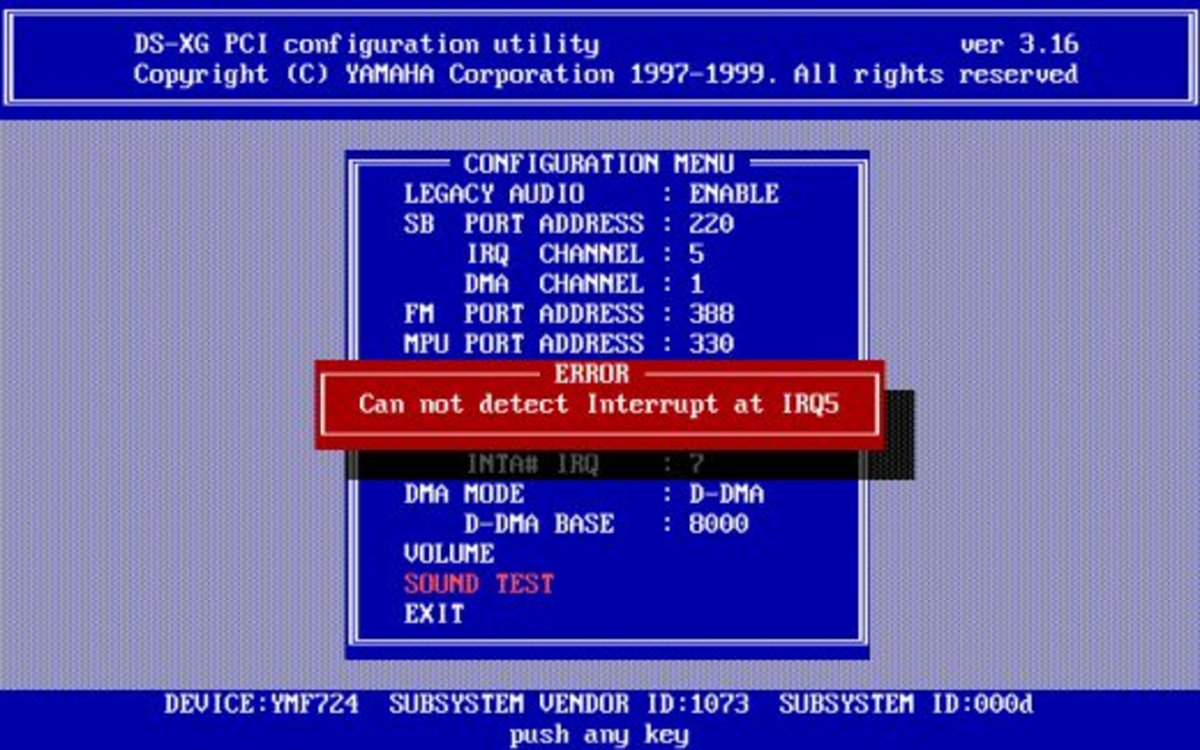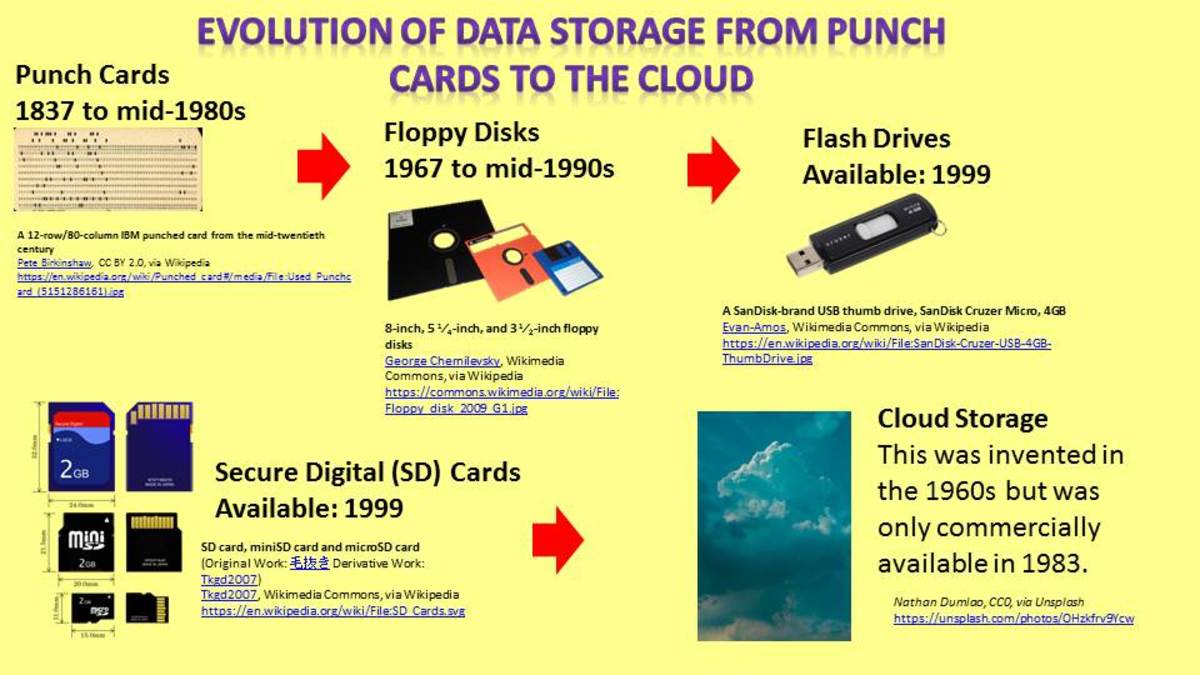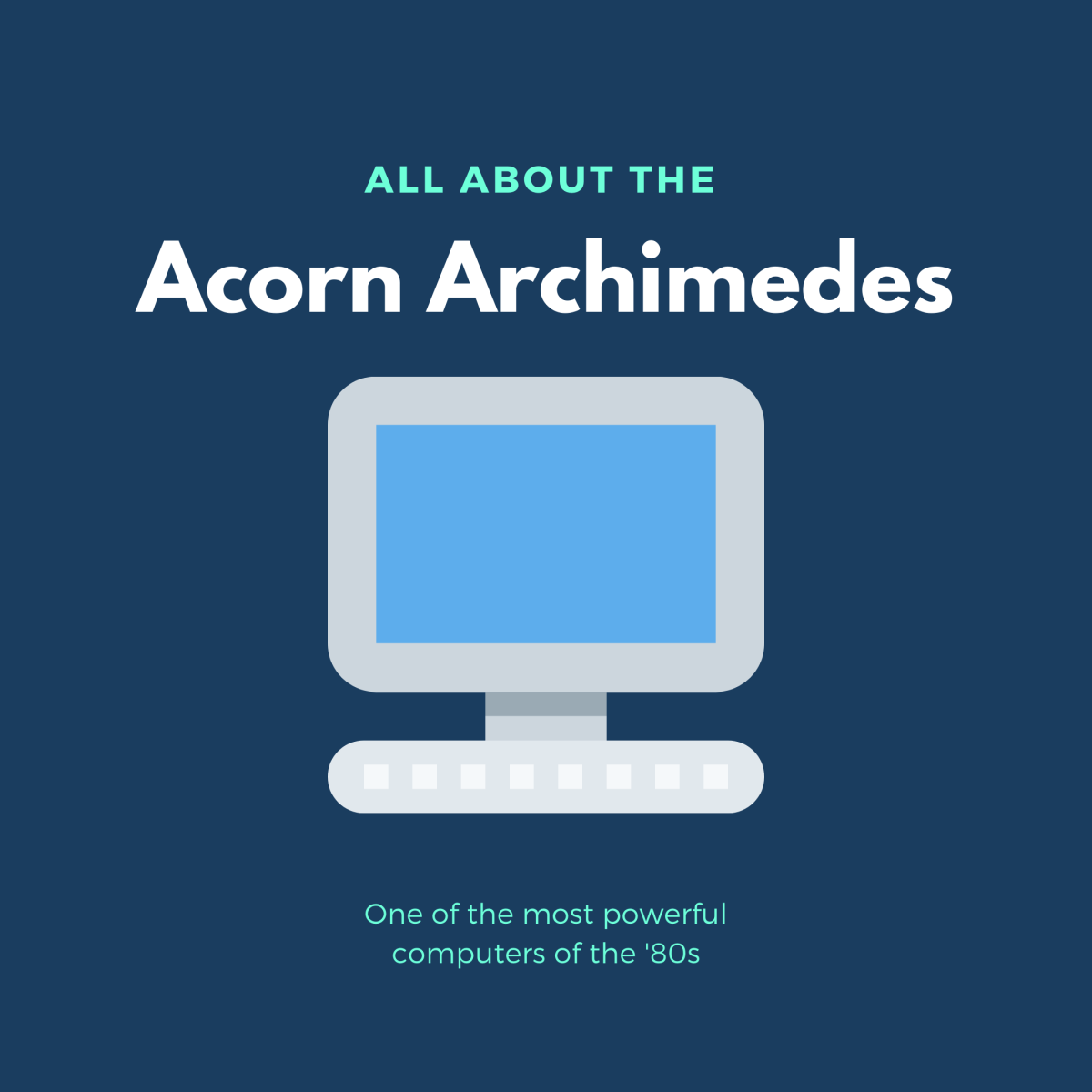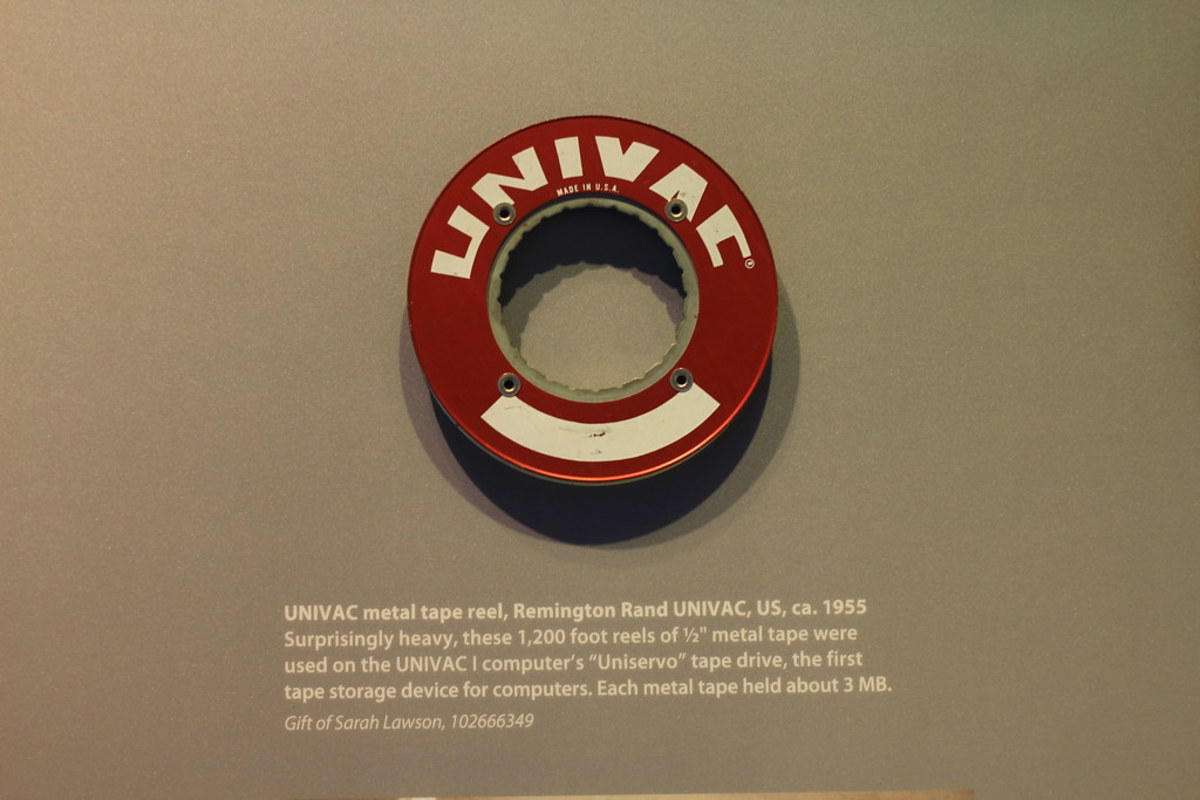MANIAC: The First Computer
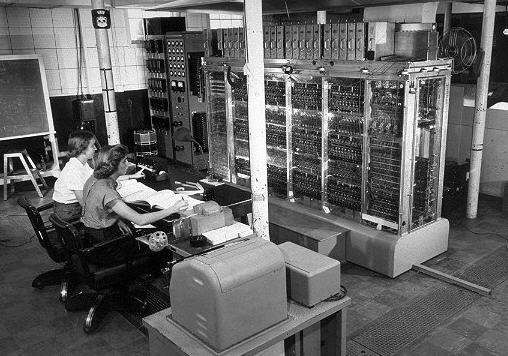
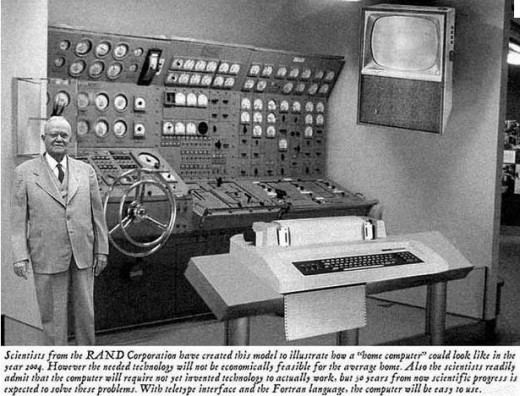
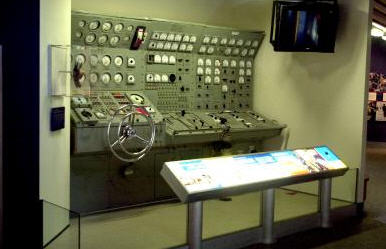
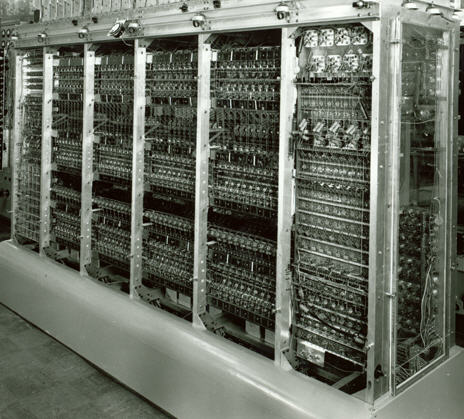
As the US and other nations pursued to create the first atomic bomb, which would be dropped on Japan in 1945, the work required excessive amounts of formulas, it was Neuman Janos, a Hungarian physicist who arrived in the US in 1931, that would create the first computer as they were developing the atomic bomb. But, it would not happen until 1946-51 and unlike others, it would be able to store a program in its memory. This computer would be called MANIAC ((Mathematical Analyzer, Numerical Integrator, and Computer) and could store its own program and solve any problems given to it.
Maniac was built from vacuum tubes that were commonly in use at the time for communications equipment. It was fast for its day, but a laptop today is 100,000 times faster! The computer was developed in stages, Stage 1 ended in June, 1946. It described 39 steps needed to multiply two numbers. Yet, it was not until April 1948 was it able to do it! By then, the computer could perform 70,000 multiplications per second, which at that time, was simply unbelievable ( a laptop performs tens of billions per second). The problem remained about no memory and this was solved by converting cheap oscilloscope tubes into RAM (random access memory).An input\out device was created using two bicycle wheels that coiled and uncoiled steel wire at 100 ft. per second. On the wire bits were stored as magnetic vibrations. It had 5 kilobytes of memory!
It was in 1951, MANIAC was done. It weighed 1000 lbs and was 6 ft. high, 2 ft. wide and 8 ft. long. It resembled a trubo-charged V-40 engine, each side had 20 cylinders with memory tubes. The machine would remain in operation for almost a decade as it was 20 times faster than all "computers" at that time. Its main function was to simulate nuclear explosions.
Neuman died in 1957. His creation, MANIAC, was turned off forever in 1958. It now resides in a museum.

